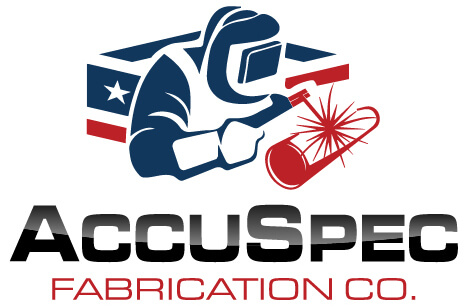MIG welding (Metal Inert Gas welding) is a commonly used technique in industrial metalwork. It is well-known for its versatility, speed, and ability to produce strong, high-quality welds. Businesses rely on MIG welding for constructing everything from pipelines to machinery components.

MIG welding uses a continuous wire electrode fed through a welding gun, combined with a shielding gas to protect the weld from contaminants. This process allows for clean, efficient welds and is suitable for both thin and thick metals alike. MIG welding is often used in large-scale fabrication projects due to its speed and adaptability.
Advantages of MIG Welding:
- Efficiency: Fast welding speeds boost workers’ productivity.
- Versatility: MIG welding can work on several types of metals, including steel, aluminum, and stainless steel.
- High-Quality Welds: MIG welding produces clean, strong welds with minimal spatter.
- Ease of Use: Automated and semi-automated options reduce labor intensity.
- Cost-Effective: This efficient process reduces both material waste and labor costs.
- Consistency: MIG welding is ideal for long runs of welding where uniformity is essential.
Industries that Rely on MIG Welding:
- Oil and Gas: Fabricating pipelines, storage tanks, and rigs.
- Automotive: Welding frames, exhaust systems, and engine parts.
- Construction: Assembling structural steel and building components.
- Manufacturing: Producing machinery and equipment parts.
- Shipbuilding: Creating watertight structures for marine vessels.
If you’re looking for a welding method that balances speed, strength, and cost-effectiveness, MIG welding could be exactly what you need. Whether you’re working on large-scale industrial projects or smaller custom jobs, MIG welding offers an efficient way to create strong, clean welds without slowing down production.
